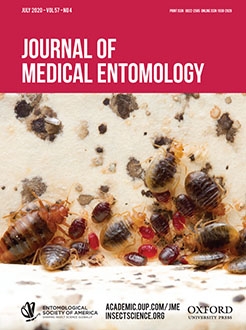Vector control strategies recommended by the World Health Organization are threatened by resistance of Anopheles mosquitoes to insecticides. Information on the distribution of resistant genotypes of malaria vectors is increasingly needed to address the problem. Ten years of published and unpublished data on malaria vector susceptibility/resistance and resistance genes have been collected across Togo. Relationships between the spatial distribution of resistance status and environmental, socio-economic, and landscape features were tested using randomization tests, and calculating Spearman rank and Pearson correlation coefficients between mosquito mortality and different gridded values. Anopheles gambiae sensu lato was resistant to DDT, pyrethroids, and the majority of carbamates and organophosphates. Three sibling species were found (i.e., An. gambiae, Anopheles coluzzii, and Anopheles arabiensis) with four resistance genes, including kdr (L1014F, L1014S, and N1575Y) and ace1 (G119S). The most frequent resistance gene was L1014F. Overall, no association was found between the susceptibility/resistance status and environmental features, suggesting that evolution of resistance may be most closely related to extreme selection from local insecticide use. Nevertheless, further research is necessary for firm conclusions about this lack of association, and the potential role of landscape characteristics such as presence of crops and percentage of tree cover.
How to translate text using browser tools
29 February 2020
Potential Roles of Environmental and Socio-Economic Factors in the Distribution of Insecticide Resistance in Anopheles gambiae sensu lato (Culicidae: Diptera) Across Togo, West Africa
Koffi Mensah Ahadji-Dabla,
Daniel Romero-Alvarez,
Innocent Djègbè,
Adjovi Djifa Amoudji,
Georges Yawo Apétogbo,
Rousseau Djouaka,
Komlanvi Oboussoumi,
Agnidoufèyi Aawi,
Tinah Atcha-Oubou,
A. Townsend Peterson,
Guillaume Koffivi Ketoh
ACCESS THE FULL ARTICLE
It is not available for individual sale.
This article is only available to subscribers.
It is not available for individual sale.
It is not available for individual sale.

Journal of Medical Entomology
Vol. 57 • No. 4
July 2020
Vol. 57 • No. 4
July 2020
climatic feature
malaria vector
raster data
resistance gene
susceptibility/resistance status




